On July 13, at the 47th session of the World Heritage Committee held in Paris (France), UNESCO officially approved the Decision to significantly adjust the boundary of the World Natural Heritage Phong Nha – Ke Bang National Park (Quang Tri Province, Vietnam) to expand to Hin Nam No National Park (Kham Muon Province, Lao People's Democratic Republic). The transboundary heritage site is listed under the common name: "Phong Nha – Ke Bang National Park and Hin Nam No National Park".
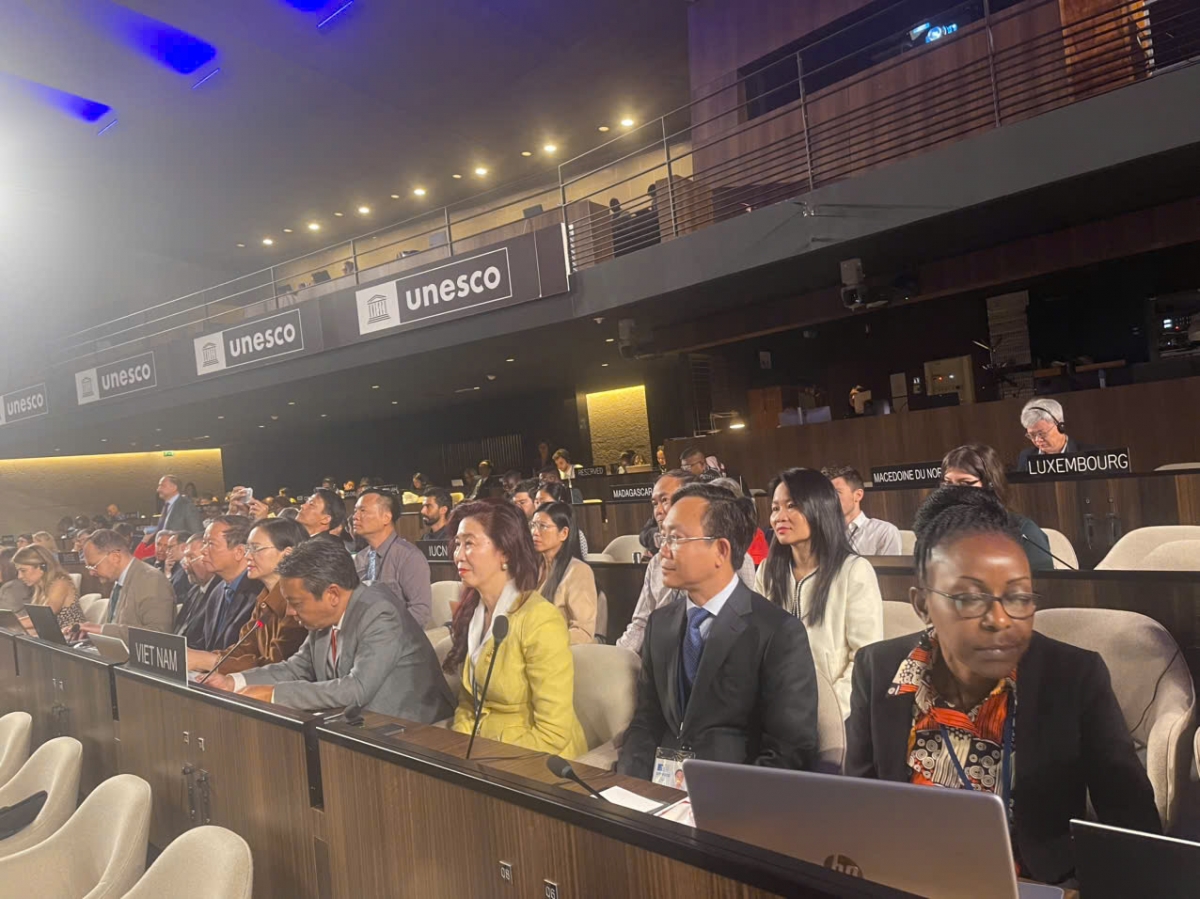
This is the first time Vietnam has a transboundary World Natural Heritage, marking a new development in the conservation of nature and heritage in the Southeast Asian region. This expansion was recognized by UNESCO based on three important criteria: geology - geomorphology (criterion viii), ecosystem (criterion ix) and biodiversity (criterion x).
With this decision, Hin Nam No National Park – which naturally borders Phong Nha – Ke Bang – officially becomes part of a large-scale and globally valuable heritage system. According to the assessment of the International Union for Conservation of Nature (IUCN), this merged area is one of the oldest and most intact tropical moist limestone karst landscapes in Asia, formed more than 400 million years ago.
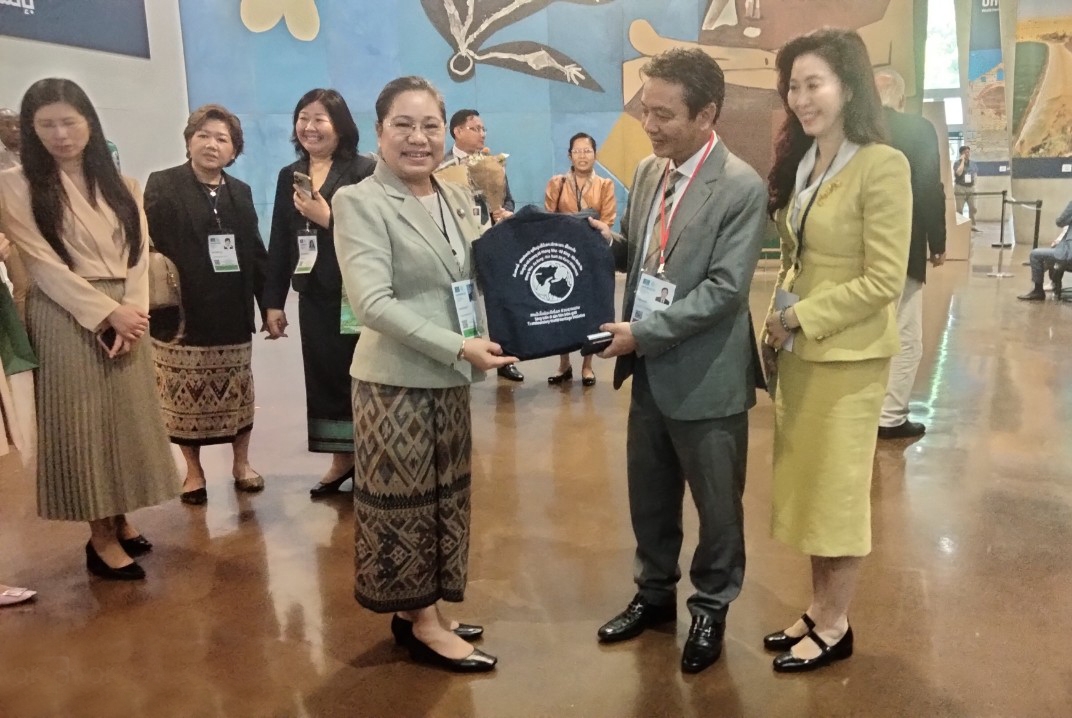
Geologically, Phong Nha – Ke Bang National Park and Hin Nam No possess a unique karst system, a complex combination of limestone, slate, sandstone and granite. The system of more than 220km of caves and underground rivers such as Son Doong (Vietnam) or Xe Bang Fai (Laos) is evidence of a geomorphological process lasting millions of years. In particular, Son Doong Cave is currently the cave with the largest section in the world in terms of diameter and continuity.
Biologically, the area is home to more than 2,700 species of vascular plants and more than 800 species of vertebrates. More than 1,500 species of plants and 536 species of vertebrates have been recorded in Hin Nam No alone, including many rare and endemic species such as the giant huntsman spider – the world’s largest spider found only in Khammouane Province (Laos). The area is also home to 10–11 species of primates, including the largest remaining population of the southern white-cheeked gibbon and the endemic black langur.

The two countries agreed to start developing a joint nomination dossier in early 2023. On that basis, the Vietnamese Ministry of Culture, Sports and Tourism and the Lao Ministry of Information, Culture and Tourism have carried out many working sessions, surveys, organized conferences, developed management plans and supported each other to complete the dossier to submit to UNESCO.
At the meeting, Deputy Minister of Culture, Sports and Tourism of Vietnam Hoang Dao Cuong said that this event not only contributes to affirming the value of the two special-use forests but also demonstrates the importance of cross-border cooperation in heritage conservation. "The first cross-border natural heritage between Vietnam and Laos is a testament to the friendship and determination to preserve valuable resources for peace and sustainable development," he emphasized.
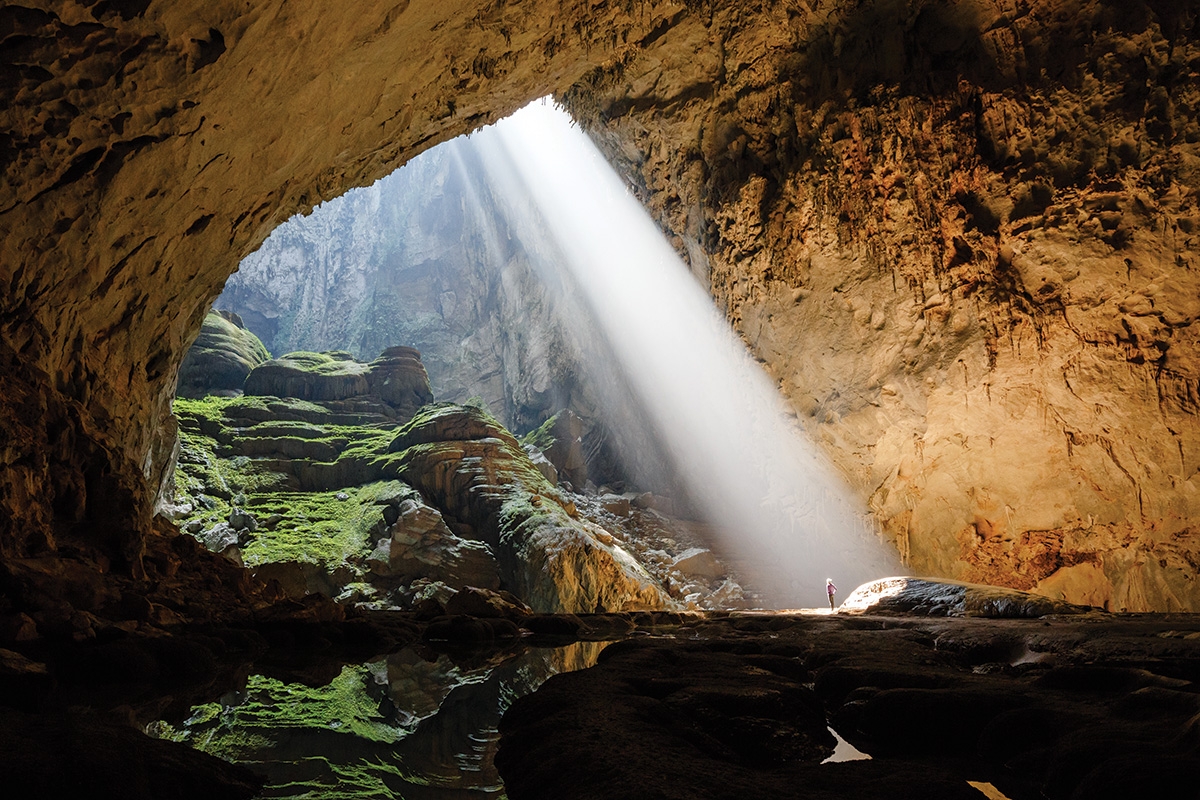
The Lao Minister of Culture and Tourism – Chairman of the National Heritage Committee of this country – also expressed pride: "With Hin Nam No being recognized as an extension of Phong Nha – Ke Bang, the Lao government and people consider this a common achievement, demonstrating close cooperation with Vietnam".
According to the plan, the two sides will apply separate parallel management mechanisms, including the Phong Nha – Ke Bang Strategic Management Plan and the Hin Nam No National Park Management Plan, but will still closely coordinate in areas such as law enforcement, scientific research, community education, sustainable livelihood development and tourism capacity control.
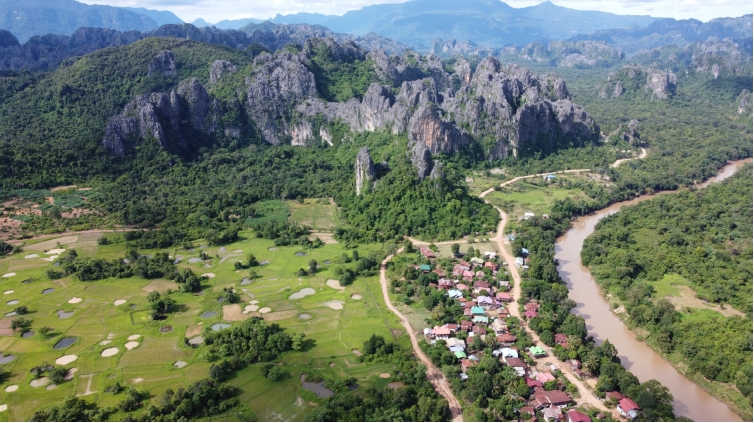
Associate Professor, Dr. Le Thi Thu Hien - Director of the Vietnam Department of Cultural Heritage - said: "Today's success is the result of close direction from the two countries' governments, as well as persistent coordination between specialized agencies since 2018. In the coming time, Vietnam will continue to support Laos in legislation, management and training of human resources for heritage conservation."
This is also the first time Vietnam has played a role in supporting another country to successfully build a world heritage dossier. This model can be replicated as a model of regional cooperation, contributing to enhancing Vietnam's position in the World Heritage network according to the 1972 UNESCO Convention.
Up to now, Vietnam has 9 World Heritage Sites recognized by UNESCO. Of these, three recent heritages are heritages linking many provinces or across borders, including: Ha Long Bay - Cat Ba Archipelago (Quang Ninh - Hai Phong), Yen Tu - Vinh Nghiem - Con Son, Kiep Bac Monuments and Landscape Complex (Quang Ninh - Bac Ninh - Hai Duong), and Phong Nha - Ke Bang - Hin Nam No (Vietnam - Laos).
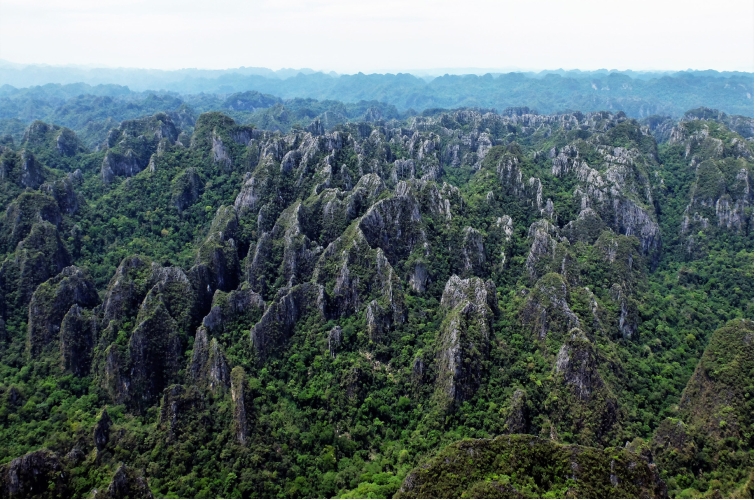
This event not only has the meaning of nature conservation but also is an opportunity to promote the image of the country, people, ecological environment and tourism potential of the Vietnam - Laos border area to the world.
Vietnam and Laos pledge to work closely to ensure effective management of the common heritage site, promote outstanding universal values for sustainable development and preserve the heritage for future generations.
Source: https://baolaocai.vn/unesco-chinh-thuc-cong-nhan-di-san-thien-nhien-xuyen-bien-gioi-viet-lao-post648644.html




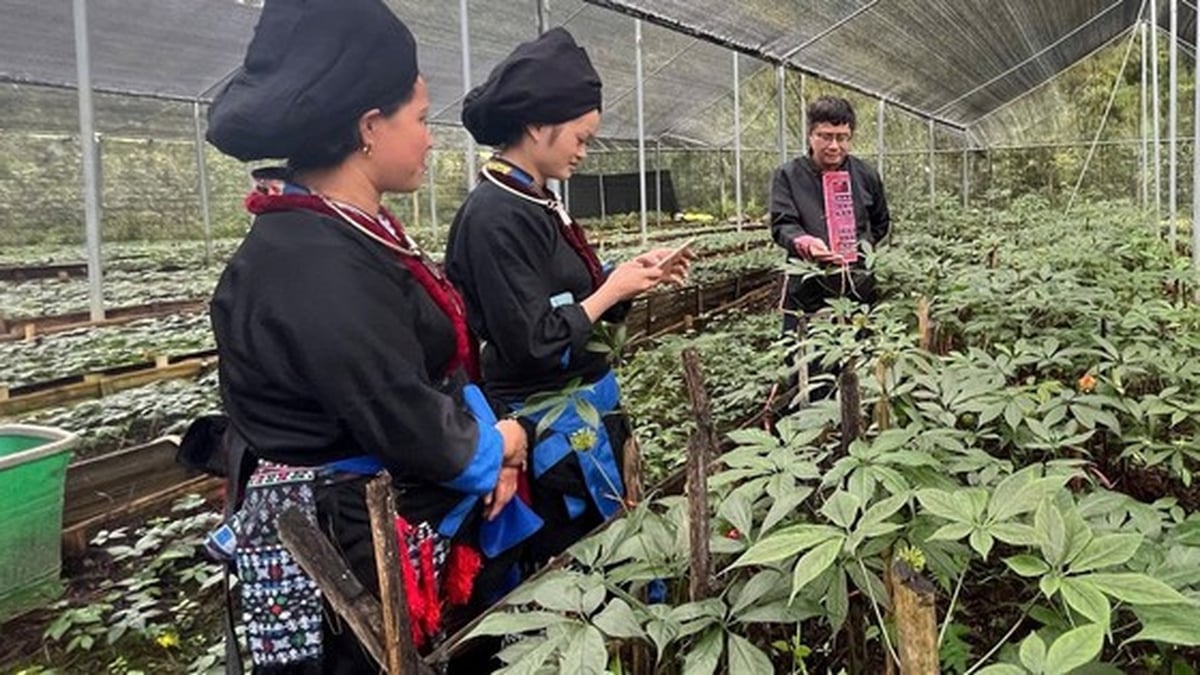
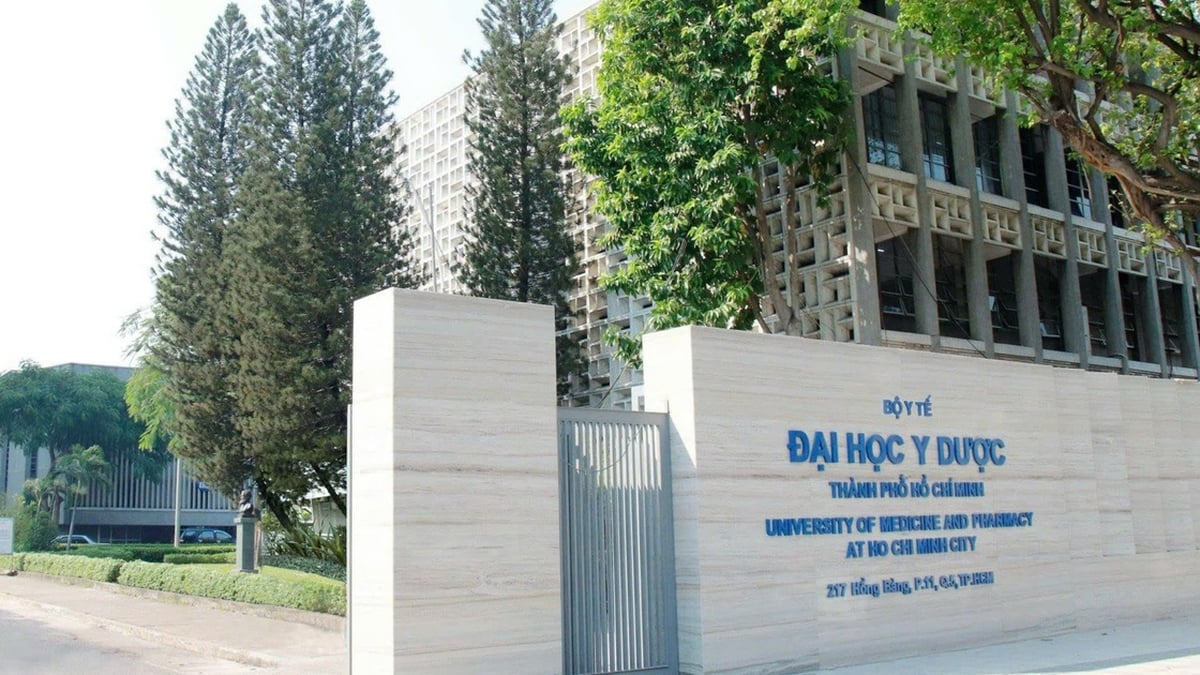
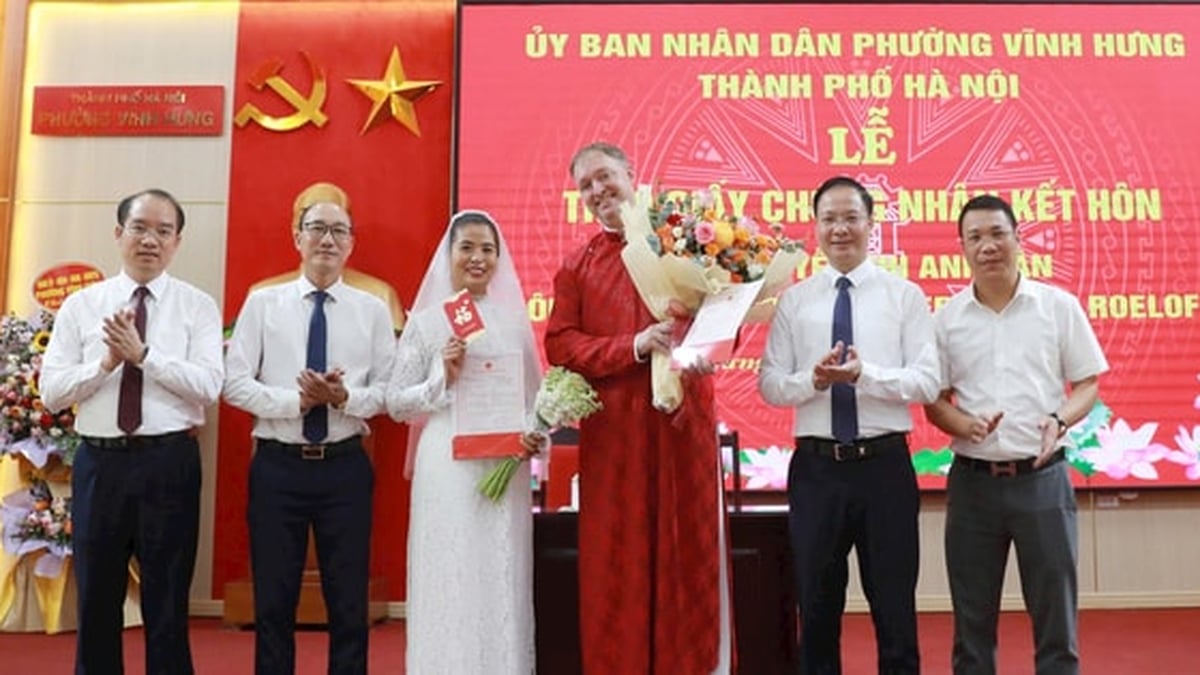
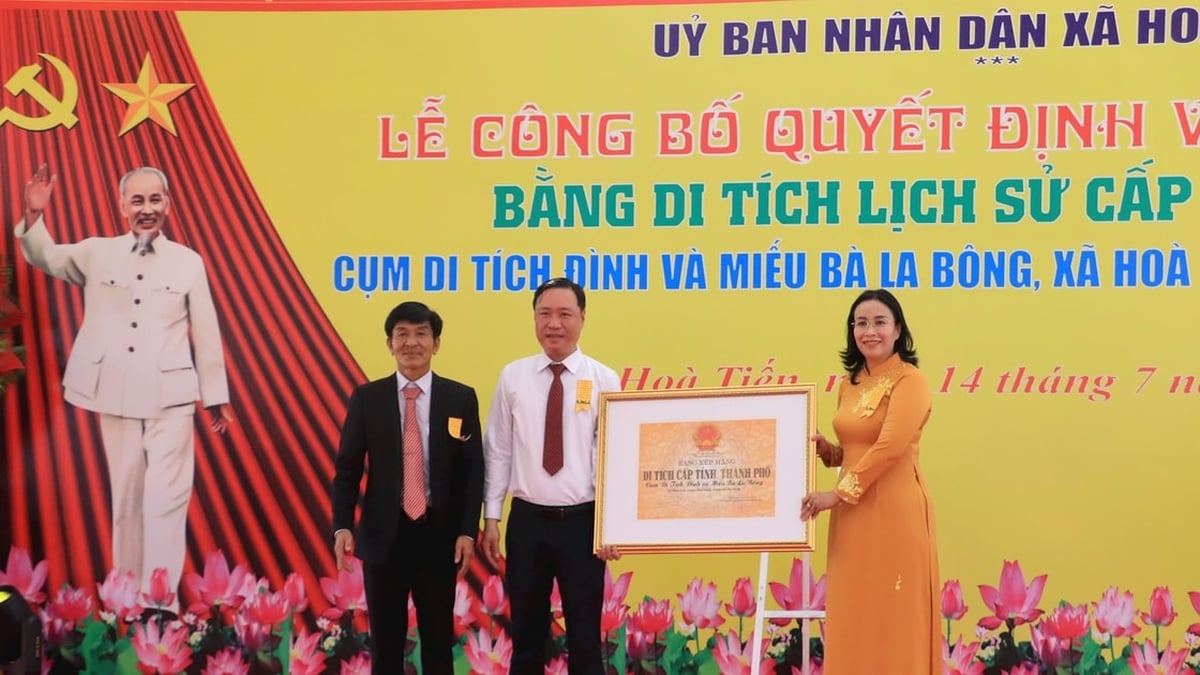


















































![[Maritime News] Treasury Department Targets Diverse Networks Facilitating Iran's Oil Trade](https://vphoto.vietnam.vn/thumb/402x226/vietnam/resource/IMAGE/2025/7/14/43150a0498234eeb8b127905d27f00b6)





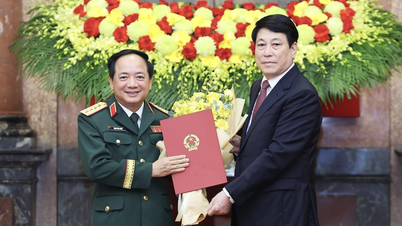







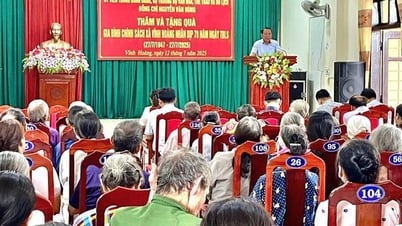
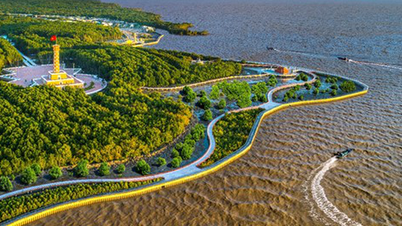
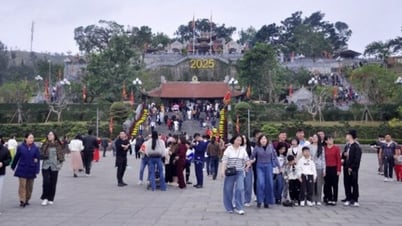

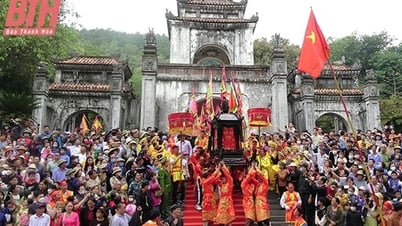























Comment (0)